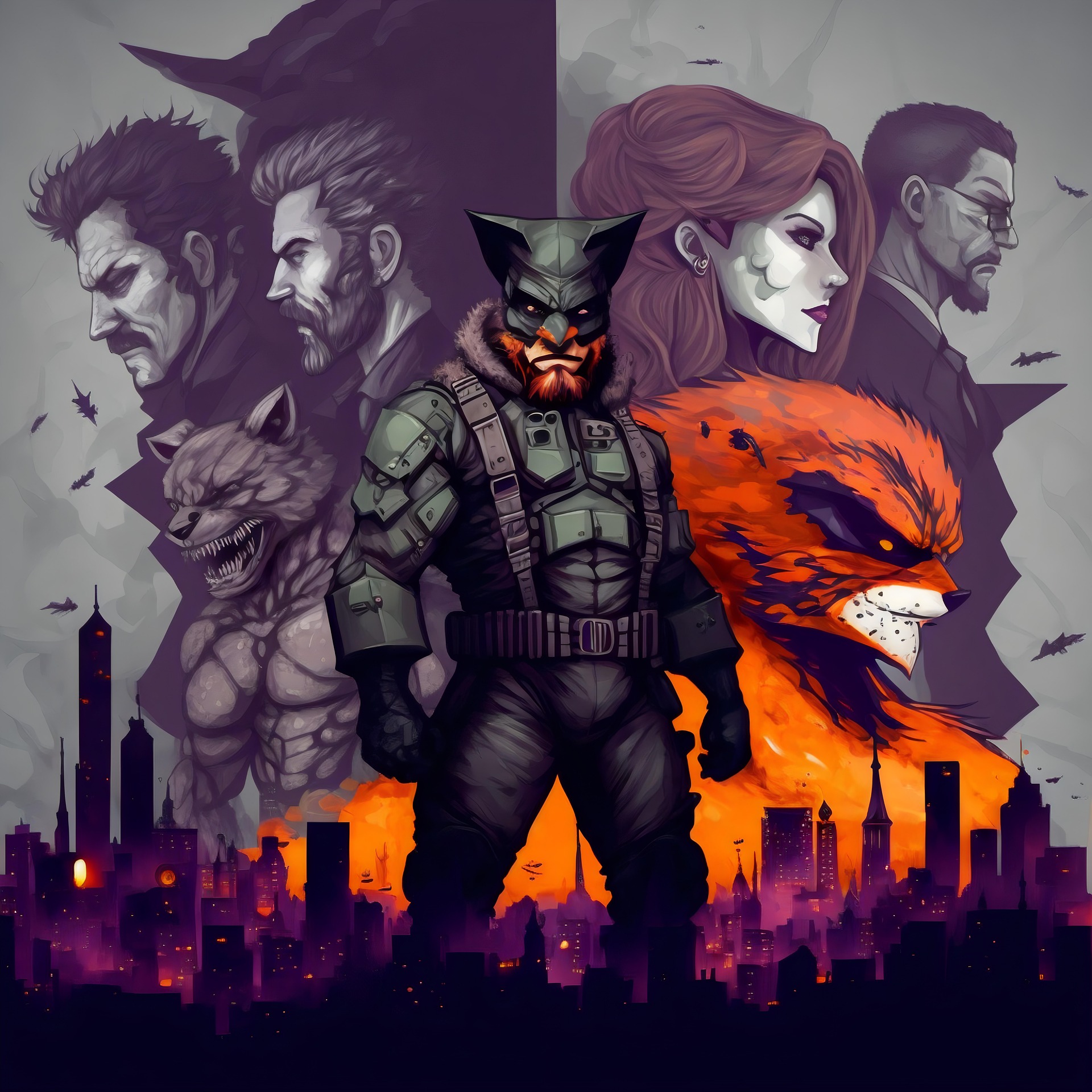Types of Ally
· 4 min read
Every hero, no matter how powerful, needs support. Allies are more than just sidekicks; they're the crucial network that provides strength, wisdom, and emotional grounding. Understanding the different types of allies can help us appreciate their roles in storytelling and even in our own lives.

Types
Below are various types of allies, it should be a noted that an ally can fall into more than one category.
1. The Mentor
- Description: The wise guide, offering experience, knowledge, and sometimes magical abilities. They often have a past connection to the hero or a deep understanding of the challenges they face.
- Purpose: To prepare the hero for their journey, impart crucial skills, and offer guidance during moments of doubt.
- Examples: Obi-Wan Kenobi (Star Wars), Gandalf (The Lord of the Rings), Dumbledore (Harry Potter).
- Why they are important: The mentor provides the hero with the necessary tools to succeed.
2. The Loyal Companion
- Description: The steadfast friend, often possessing complementary skills or a contrasting personality. They provide unwavering support and loyalty, even in the face of danger.
- Purpose: To offer companionship, practical assistance, and emotional support. They often act as a moral compass for the hero.
- Examples: Samwise Gamgee (The Lord of the Rings), Ron Weasley and Hermione Granger (Harry Potter), Chewbacca (Star Wars).
- Why they are important: The loyal companion keeps the hero grounded, and provides emotional support.
3. The Skillful Specialist
- Description: An expert in a particular field, such as technology, medicine, or combat. They bring specialized knowledge and abilities that are essential to the hero's mission.
- Purpose: To provide crucial expertise that the hero lacks, enabling them to overcome specific obstacles.
- Examples: Q (James Bond), Happy Hogan (Iron Man), Kaylee Frye (Firefly).
- Why they are important: The specialist is the tool that the hero needs to overcome certain challenges.
4. The Redeemed Ally
- Description: A former enemy or antagonist who undergoes a transformation and joins the hero's cause. They bring unique insights and skills, often stemming from their past experiences.
- Purpose: To offer redemption, demonstrate the possibility of change, and provide a fresh perspective on the conflict.
- Examples: Zuko (Avatar: The Last Airbender), Severus Snape (Harry Potter), Nebula (Guardians of the Galaxy).
- Why they are important: They add depth to the story, and show that change is possible.
5. The Unlikely Ally
- Description: An unexpected source of help, often from a character who initially seemed untrustworthy or insignificant. They challenge the hero's assumptions and broaden their understanding of the world.
- Purpose: To introduce unexpected twists, highlight the importance of open-mindedness, and demonstrate that help can come from surprising places.
- Examples: Gollum (The Lord of the Rings), Loki (Thor/Avengers), Jayne Cobb (Firefly).
- Why they are important: They add unpredictability to the story, and show that help can come from anywhere.
6. The Sacrificial Ally
- Description: A character who makes a significant sacrifice, often their life, to aid the hero's cause. Their sacrifice serves as a powerful motivator and a symbol of the stakes involved.
- Purpose: To emphasize the gravity of the conflict, inspire the hero to persevere, and highlight the importance of selflessness.
- Examples: Boromir (The Lord of the Rings), Sirius Black (Harry Potter), Yondu Udonta (Guardians of the Galaxy Vol. 2).
- Why they are important: They raise the stakes, and give the hero motivation.
7. The Network Ally
- Description: This ally isn't a single person, but a group of people, or a system of information that the hero can use. This could be a group of spies, a rebel cell, or even the internet.
- Purpose: This ally provides the hero with information, and resources that would be impossible to obtain alone.
- Examples: The Rebel Alliance (Star Wars), The Order of the Phoenix (Harry Potter), any hacker character that provides online information.
- Why they are important: In stories where information is key, the network ally is irreplaceable.
Conclusion
Crafting Compelling Allies
- Give your allies distinct personalities and motivations.
- Explore their relationships with the hero and each other.
- Use them to highlight different aspects of the hero's character.
- Don't make allies perfect; give them flaws and vulnerabilities.
- Make sure that the allies actions have consequences.
By understanding these archetypes, writers can create a rich tapestry of allies that enhance the hero's journey and enrich the storytelling experience.
